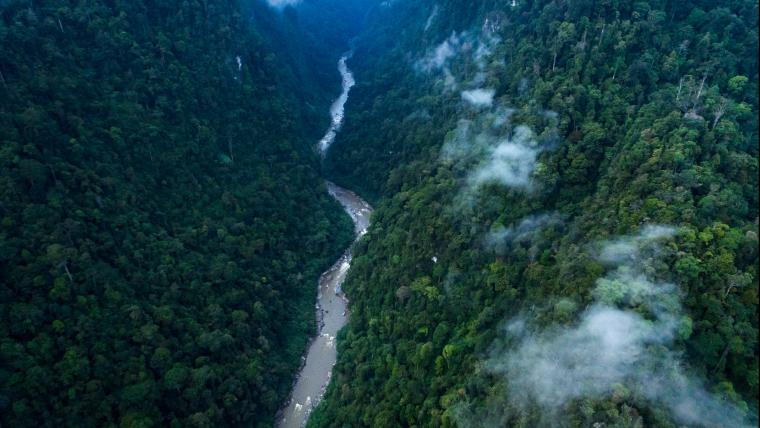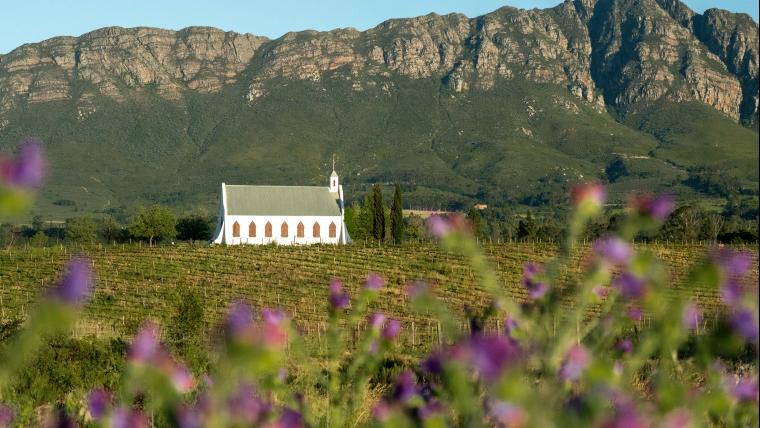
The Leuser Ecosystem: A haven of hope for the world’s critically-endangered species
Today, there is only one place on Earth where rhino, tiger, elephant, and orangutan roam – the Leuser Ecosystem. Due to Southeast Asia’s dangerously high deforestation rate, it’s the last hope at life in the wild for these critically-endangered species. Farwiza Farhan is on the frontline protecting this irreplaceable rainforest from ruin.
The Leuser Ecosystem is an area of forest extending from the provinces of Aceh to North Sumatra in Indonesia. Made up of more than 2.6 million hectares of forests, alpine meadows, and peat swamps, it’s one of the richest tropical rainforests in Southeast Asia. Its remote location and unspoilt environment has made it a haven for some of the world’s most threatened creatures. This pristine biosphere is home to over 130 species of mammal, including the white-handed gibbon, sun bear, and clouded leopard.
Growing up in Aceh, Farhan was always drawn to its unparalleled diversity. After earning an MSc in Environmental Management, she went on to work for the local government to protect the Leuser Ecosystem. But it soon became evident that she had taken on a mammoth challenge. In less than 10 years, the biodiversity hotspot lost more than 102 000 hectares of forest cover due to unregulated road and palm oil plantation developments. Determined to safeguard it from further destruction, Farhan founded the NGO HAkA, also known as Forest, Nature and Environment of Aceh, and began enforcing policies to protect this region.
Farhan’s organisation has been instrumental in preserving the Leuser Ecosystem. Placing community at the heart of conservation, she empowers locals with legal knowledge and encourages them to actively fight for their home and its wildlife in the courtroom. Rallying residents and people from around the world, the organisation successfully stopped illegal land clearings and secured 26 million dollars to restore the forest. Farhan also received the acclaimed Whitley Award in 2016 for her unwavering commitment to the environment. Through her efforts, she is ensuring that this one-of-a-kind ecosystem will not become a myth, but remain a marvel for generations to come. “Without loving something, we would not have any desire to protect it,” she says.
Footage by Magdalena Stawinski, Nanang Sujana, and Junaidi Hanafiah was used in the creation of the film.






























Please sign in to leave a comment